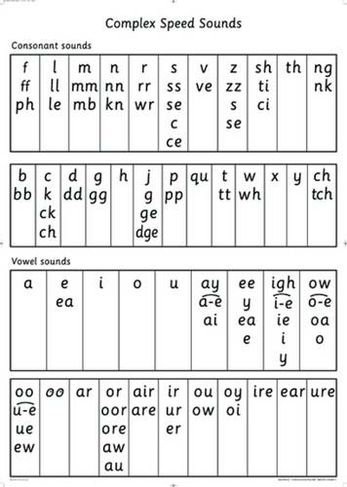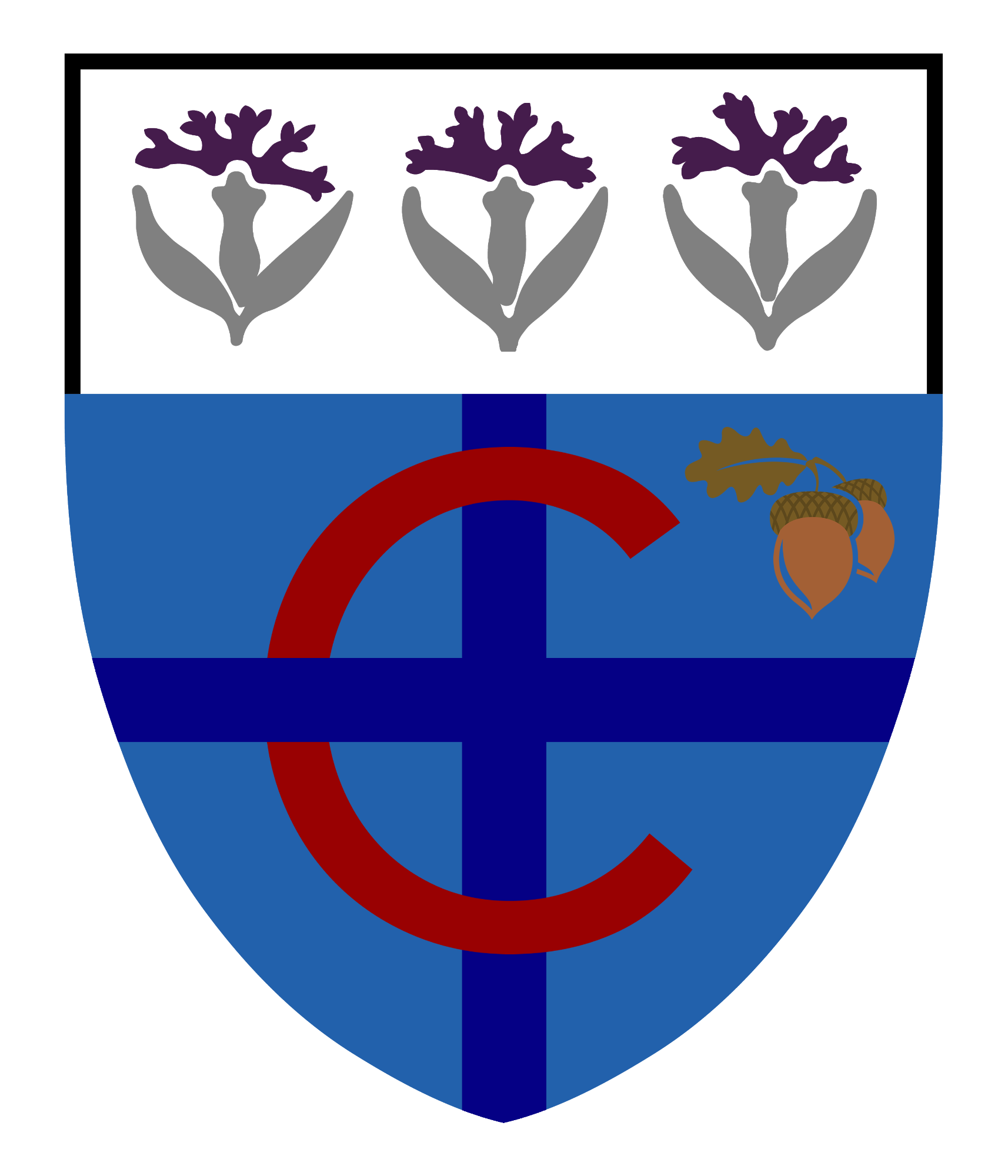Early Reading and Phonics
Phonics and Early Reading Curriculum Statement
Our School Vision:
“The rain came down, the streams rose, and the winds blew and beat against that house; yet it did not fall, because it had its foundation on the rock.” (Matthew 7:25)
Bishop Chavasse Church of England School Policies are all underpinned by our school parable ‘The Wise and the Foolish Builder.’
Jesus is at the heart of Christianity. As a church school we believe that, like the wise man, those who are guided by the word of God in the Bible and trust in him will become wise, compassionate and honest; be empowered to weather all storms, help one another flourish and make a difference in the world.
Bishop Chavasse School knows and values every wonderfully and uniquely created child and adult. Supported by faith, we establish firm foundations for our children to become resilient, curious, confident, community minded courageous advocates who flourish and thrive. We build on and support the development of the whole person in a safe, happy Christian environment. We inspire everyone to fulfil their potential through our high expectations and a broad, creative and inspirational curriculum; rich in opportunity to develop culture capital, have fun and partake in adventures. Everyone will develop an everlasting love of learning. Our dedicated, passionate staff, supported by parents, Governors and the Tenax Schools Trust are committed to nurturing our community to achieve excellence together in an environment where everyone is wise, trustworthy and compassionate. Pupils will make everlasting friendships and exciting life-long memories.
Phonics at Bishop Chavasse
Phonics is an approach to teaching reading, and some aspects of writing, by developing learners’ phonemic awareness. This involves the skills of hearing, identifying and using phonemes or sounds patterns in English. The aim is to teach the children the link between these sounds and written spelling patterns, or graphemes, which represent them. Phonics emphasises the skills of decoding new words by sounding them out and combining, or ‘blending’, the sound-spelling patterns. In all subjects at Bishop Chavasse CE Primary School, we live by our school vision of no child being left behind and no hand left un-held:
Intent
At Bishop Chavasse we value reading as a key life skill and believe that every child at our school should become a fluent reader and writer. The systematic teaching of phonics, by following a structured programme is a high priority throughout the Early Years Foundation Stage and Key Stage 1. Interventions in Key Stage 2 are used to support children who are assessed to require additional phonics lessons.
We have therefore implemented the Read Write Inc Phonics scheme to support the planning and provision of daily phonics lessons. Our phonics lessons teach the children the key skills of segmenting and blending to enable the children to read fluently. We also value and encourage the pupils to read for enjoyment and recognise that this starts with the foundations of acquiring letter sounds, segmenting and blending skills. These strategies are also modelled in shared reading and writing both inside and outside of the phonics lesson and across the curriculum. As a school, we have a strong focus on the development of language skills for our children because we know that speaking and listening are crucial skills for reading and writing in all subjects.
Implementation
We start teaching phonics in Early Years, and follow the Read Write Inc progression scheme, which ensures that the children are taught the essential skills required for reading. Phonics is taught daily to children in Early Years and Key Stage 1. Extra support through daily intervention is in place for Key Stage 2, for children who are working below the expected level.
We begin by teaching the children Set 1 Sounds and, once they know a small group of letters well, they are taught to blend sounds into words. Set 1 Sounds are a single letter and Set 1 Special Friend sounds are two letters that make one sound. The children then move on to Set 2 Sounds which are made up of two or three letters that represent one sound. When learning Set 3 Sounds, the children will be taught alternative sounds/graphemes to those that they already know (for example, ‘ee as in tree’ and ‘ea as in tea’). Further to this, the children are consistently taught Red Words, which are ‘tricky words’ that do not meet a sound pattern (for example, said). This aids High Frequency Word recognition and spelling. Teachers use the ‘What to Teach and When’ guidance from the Read Write Inc Programme, as well as termly assessments, to help determine when children are ready to move on to the next set of sounds.
In every Key Stage 1 classroom, and every learning area where phonics is taught, a phonics Speed Sounds Chart is displayed for the children to refer to both during phonics sessions and when embedding what they have learnt in the wider curriculum. This is to support children in reaching and exceeding their full potential. An example of the chart can be seen below:

To ensure that phonics lessons are delivered effectively for all children, the phonics lead has attended the official 2 day Read Write Inc training, which they have then delivered to all staff in CPD sessions to ensure effective and consistent teaching of phonics throughout the whole school. Each adult who teaches a phonics group is equipped with all the resources they need to follow the programme effectively and ensure the best outcome for all of our children. Further to this, every pupil in the school has regular one-to-one reading sessions with an adult. The children will be heard reading a minimum of once per week by their class teacher, with some children reading to the teacher daily in order to develop their reading fluency. Teachers can use this time to determine if additional reading support is required and to build children’s fluency and comprehension in reading.
Finally, twice per week, reading books are sent home so that the children at Bishop Chavasse can read to their parents. Any child on the Read Write Inc programme will be sent home with a book that is closely matched with their phonics group and previous sounds that they have learnt. Children are expected to read the book several times at home before it is changed in order to consolidate their increasing knowledge of phonics. There is a further support document for parents on the phonics curriculum page of the school website, which contains all of the sounds that the children learn at school and the order in which they are taught them.
Impact
Through the teaching of systematic phonics, our aim is for children to become fluent readers by the end of Key Stage One. Through the Read Write Inc programme, children will be equipped with the skills to decode both familiar and unfamiliar words using strategies taught in daily lessons. This way, they can focus on developing their fluency and comprehension as they move through Key Stage 2. The children’s progress is measured using Read Write Inc Phonics Assessments and the Year 1 Phonics Screening in June. These results are measured against the reading levels of children nationally. Children who do not pass the phonics screening are given additional support in Year 2 and, if necessary, into Key Stage 2 to ensure that they become fluent and confident readers. Our aim is to foster a love of reading to encourage children to take pleasure in exploring the rich literacy in the world around them, with a secure knowledge of phonics to support them.
